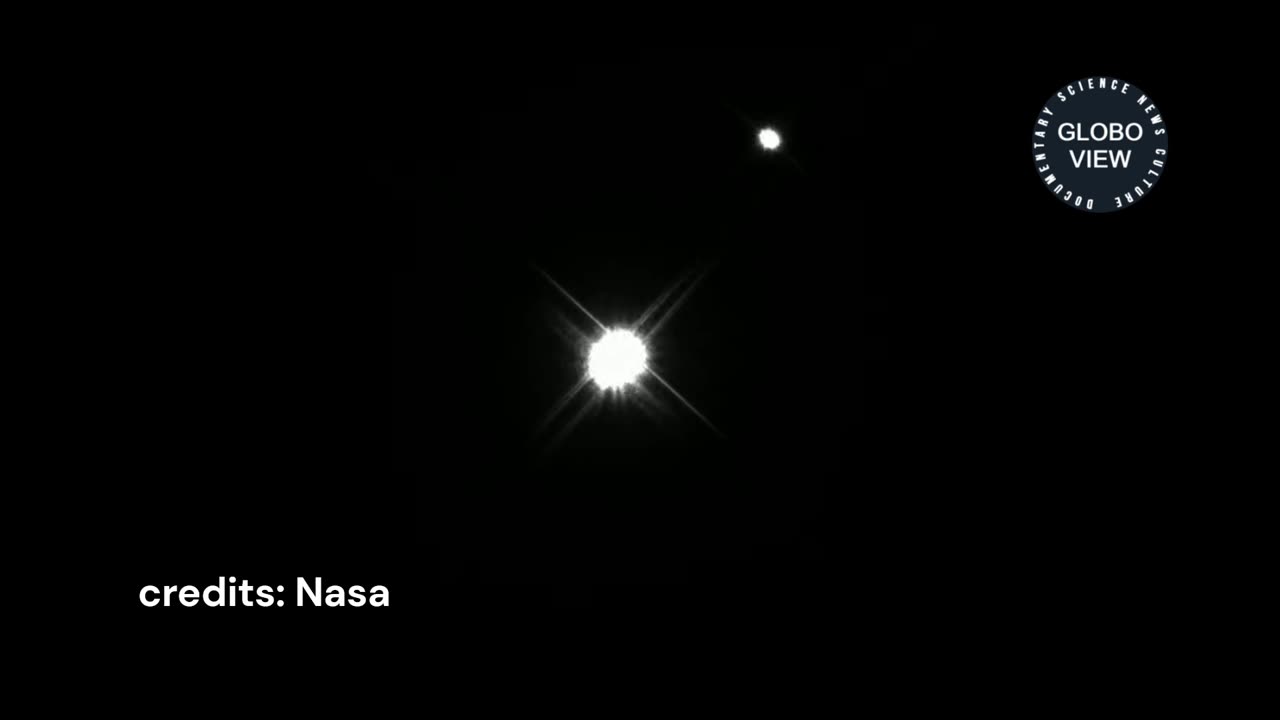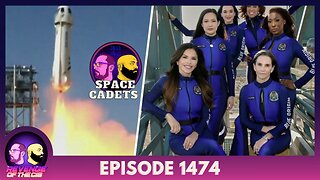Premium Only Content

NASA Terminal Transmits First Laser Communications Uplink to Space
NASA’s LCOT (Low-Cost Optical Terminal), a ground station made of modified commercial hardware, transmitted its first laser communications uplink to the TBIRD (TeraByte Infrared Delivery), a tissue box-sized payload formerly in low Earth orbit.
During the first live sky test, NASA’s LCOT produced enough uplink intensity for the TBIRD payload to identify the laser beacon, connect, and maintain a connection to the ground station for over three minutes. This successful test marks an important achievement for laser communications: connecting LCOT’s laser beacon from Earth to TBIRD required one milliradian of pointing accuracy, the equivalent of hitting a three-foot target from over eight American football fields away.
The test was one of many laser communications achievements TBIRD made possible during its successful, two-year mission. Prior to its mission completion on Sept. 15, 2024, the payload transmitted at a record-breaking 200 gigabits per second. In an actual use case, TBIRD’s three-minute connection time with LCOT would be sufficient to return over five terabytes of critical science data, the equivalent of over 2,500 hours of high-definition video in a single pass. As the LCOT sky test demonstrates, the ultra-high-speed capabilities of laser communications will allow science missions to maintain their connection to Earth as they travel farther than ever before.
-
 LIVE
LIVE
Kim Iversen
1 hour agoWe're LOSING The Tariff War With China, How Our Elites Sold Us Out | Oct 7th Rape COVERUP
12,092 watching -
 1:23:13
1:23:13
Redacted News
2 hours agoTrump declaring MARTIAL LAW on April 20th according to fearmonger liberals, they want civil war
86.7K57 -
 LIVE
LIVE
vivafrei
9 hours agoEp. 259: Shapiro Home FIREBOMBED! Pavlovski Goes NUCLEAR on Dorsey Over AI! Elections Canada & MORE
7,373 watching -
 UPCOMING
UPCOMING
The Amber May Show
2 hours agoFinally, The Truth Comes Out In The News About What We Have Known For A While| Sam Anthony
24 -
 LIVE
LIVE
TwinGatz
3 hours ago🔴LIVE - Fighting Side By Side | ARMA Reforger
408 watching -
 LIVE
LIVE
Revenge of the Cis
3 hours agoEpisode 1474: Space Cadets
1,415 watching -
 1:11:57
1:11:57
The HotSeat
2 hours agoResurrection Week Kicks Off—And So Does the Democrat Freak Show: AOC and Bernie 2028
22.3K2 -
 LIVE
LIVE
LFA TV
20 hours agoLFA TV - ALL DAY LIVE STREAM 4/14/25
765 watching -
 1:14:08
1:14:08
Jeff Ahern
2 hours ago $0.78 earnedMonday Madness with Jeff Ahern (1pm Pacific)
18K2 -
 7:24
7:24
Talk Nerdy Sports - The Ultimate Sports Betting Podcast
1 hour ago4/14/25 - Solo Strike: Vasil vs the Board (And I’m Not Missing)
9.76K